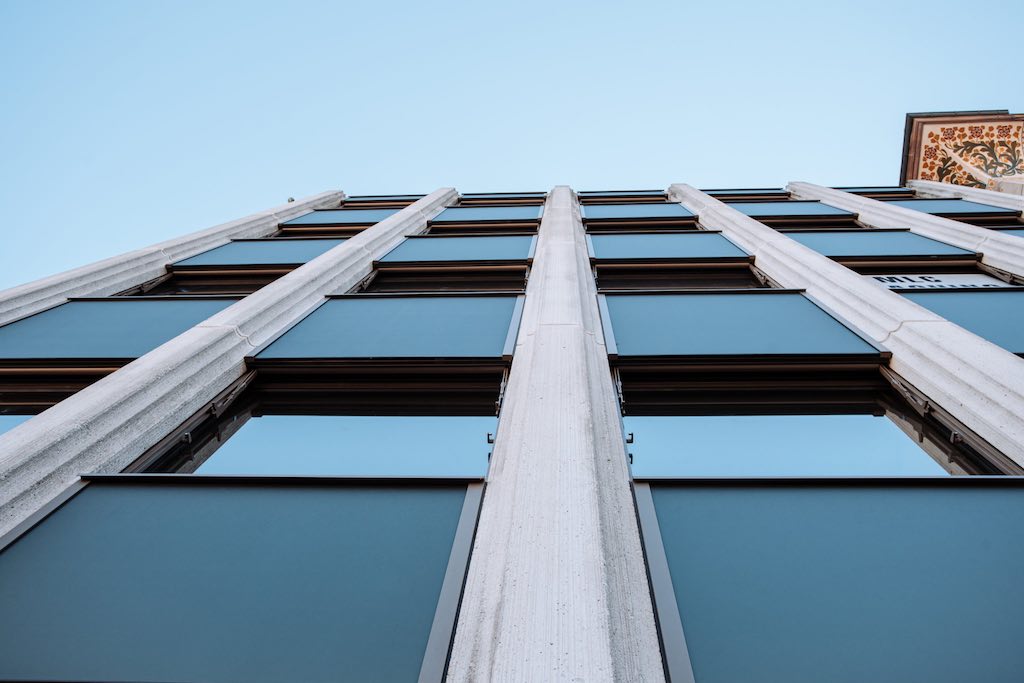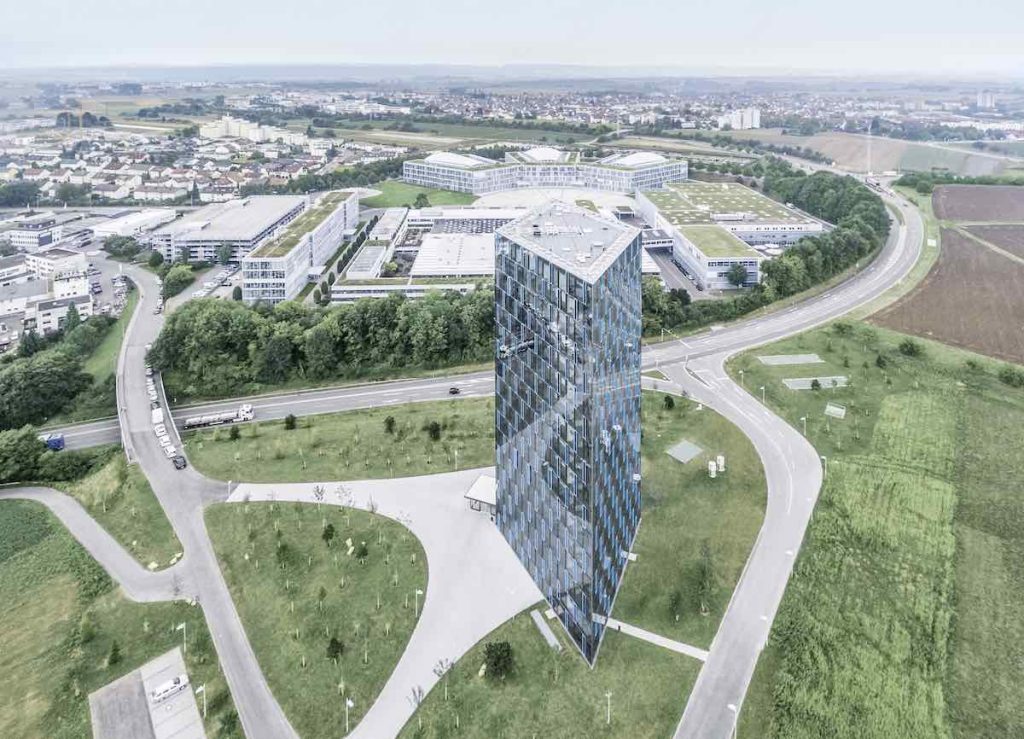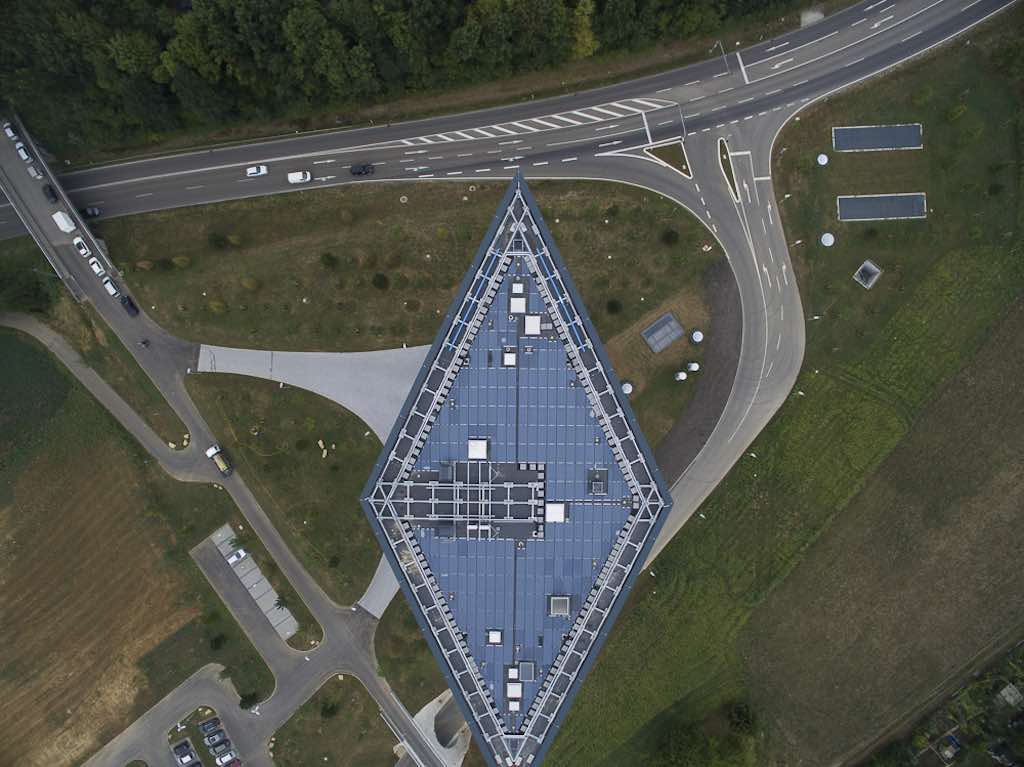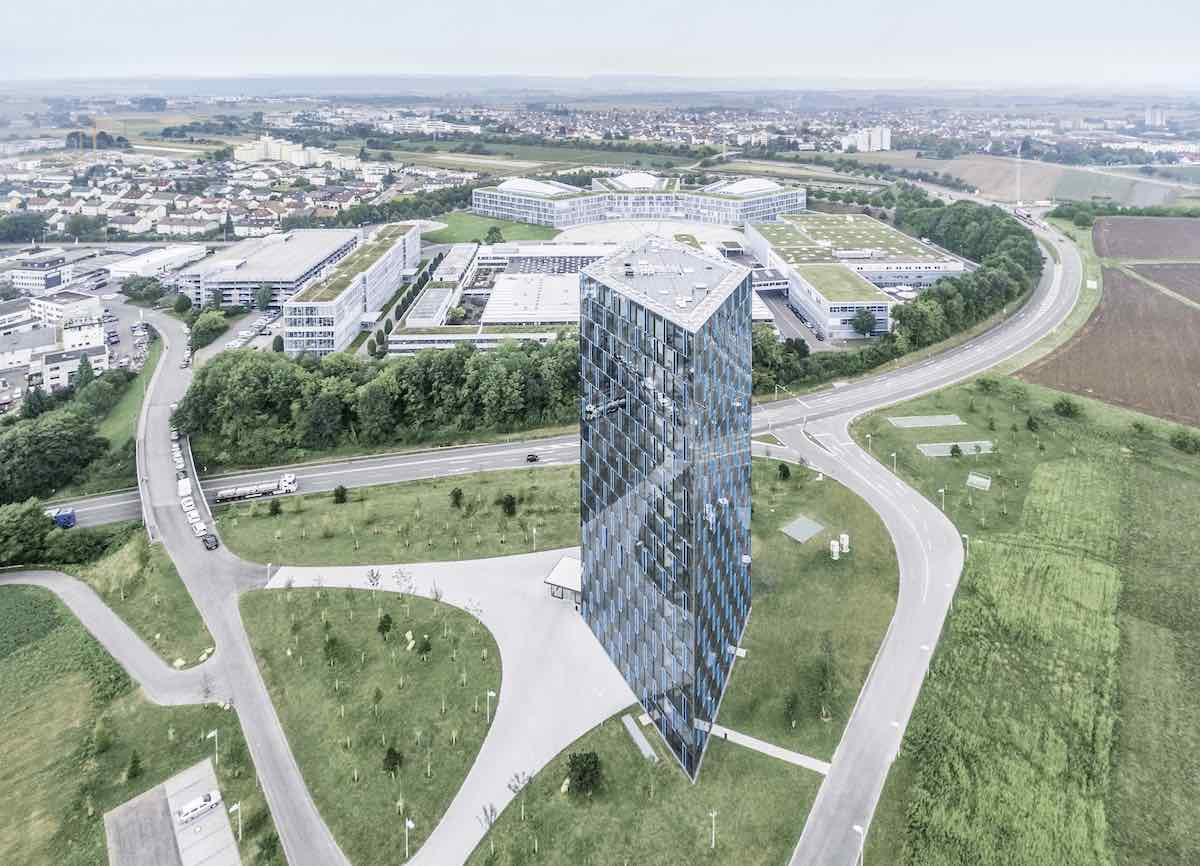Kromatix offers exciting opportunities by combining architectural design flexibility and unparalleled panel aesthetics with optimized panel performance for building-integrated solar applications.
Chromatics: colored solar panels
Chromatics excels in designing innovative building materials, featuring colorful solar facades. Combining beauty and performance, this company improves solar energy capture to create attractive and elegant buildings. Its main innovation lies in the unique treatment of photovoltaic panel glass to give it color.
Unlike traditional tinting methods, Chromatics uses atomic deposition, converting solar glass into colored glass. This process gives Kromatix products remarkable durability and resistance to UV degradation, ensuring a sustainable and aesthetically pleasing energy solution for modern buildings.

Benefits of Chromatics
Chromatics focuses not only on aesthetics, but also on environmental sustainability:
- Recycling of photovoltaic modulesChromatics units can be recycled at the end of their life cycle.
- 0% toxic productsChromatex glass does not contain toxic materials to obtain its color.
- Reducing emissions: According to the Intergovernmental Panel on Climate Change, rooftop solar installations emit 41 grams of carbon dioxide equivalent per kilowatt hour, which is much less than natural gas or coal.
- Profitable interfaces: Chromatics facades are not only aesthetic, but they also generate energy, providing a return on investment.
- Greater energy production: Produces 30-40% more energy than printed or enameled glass.

Technology and performance
Chromatics uses nanotechnology and environmentally friendly surface treatments. The atomic deposition process turns the solar glass into tinted glass, making it resistant to UV degradation. A multi-layer coating is applied to the inner surface of the glass using low-pressure plasma processes, selecting materials that have high solar energy transmission, non-absorption and durability, as well as color fastness.

No dyes, dyes, paints or screen printing are used in Chromatics, thus avoiding the significant efficiency losses associated with these coloring techniques.


Treating the outer surface of the glass results in diffuse reflection, which prevents glare effects and improves the aesthetics of the panel, thus concealing the technical components of the solar devices.

more information: kromatix.com



:quality(85)/cloudfront-us-east-1.images.arcpublishing.com/infobae/4JPNIRFV25CTHAOORQEI3SZCMQ.png)

/cloudfront-us-east-1.images.arcpublishing.com/artear/HXXA4PIQBFHHFHYMRXYLZSZFUU.png)